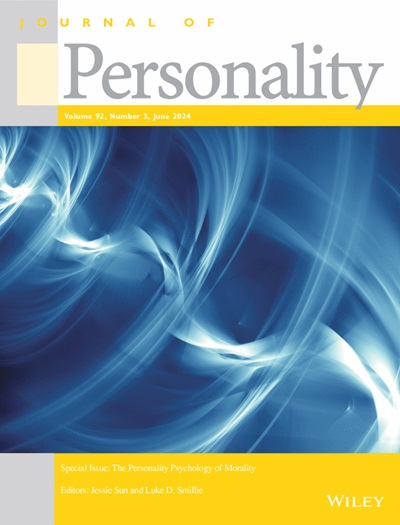Personality dynamics turn positive and negative mood into creativity
Abstract
Introduction
Research on the link between affect and creativity rests on the assumption that creativity unfolds as a stimulus-driven response to affective states. We challenge this assumption and examine whether personality dynamics moderate the relationships between positive and negative mood with creativity.
Theoretical Model
According to our model, personality dynamics that generate and maintain positive affect and downregulate negative affect energize creativity. Based on this model, we expect high creativity in response to negative mood if people engage in self-motivation and achieve a reduction in negative mood. We further derive that individual differences in action versus state orientation moderate the within-person relationship between mood and creativity.
Method
We conducted an experience-sampling study and examined the relationship between mood and creativity in everyday work-life. Two hundred and ten participants indicated their action-state orientation and reported their mood three times a day over five consecutive workdays. At noon of each day, we assessed self-motivation and in the evening the extent to which participants had generated novel and useful ideas during the day.
Results
We observed high creativity when negative mood declined and self-motivation was high. Action-state orientation moderated the within-person relationships of positive and negative mood with creativity.
Conclusion
Personality dynamics determine whether positive and negative mood result in creativity.

 求助内容:
求助内容: 应助结果提醒方式:
应助结果提醒方式:


